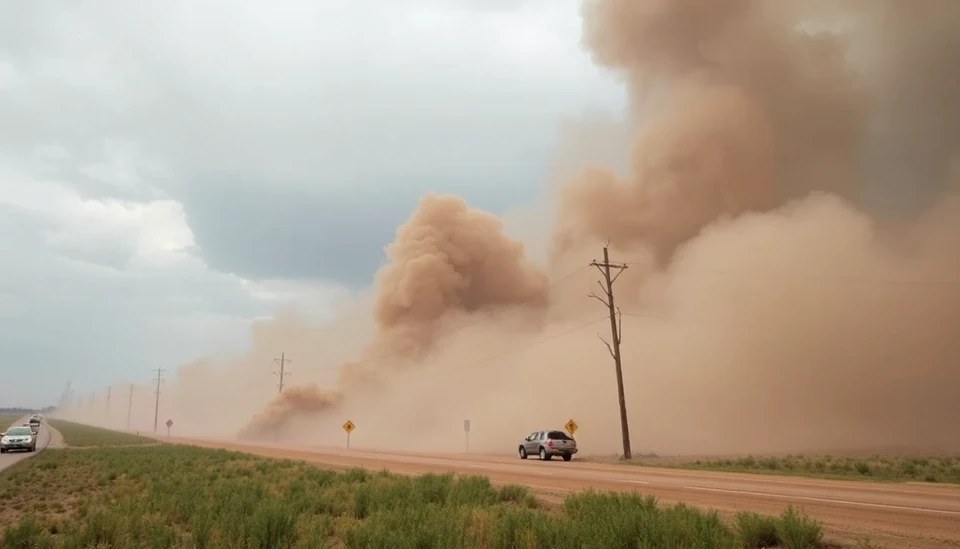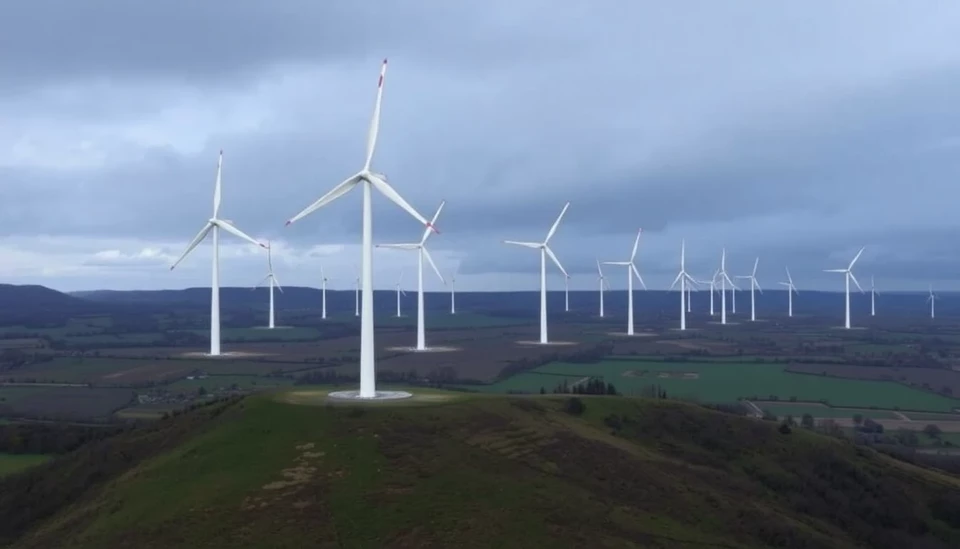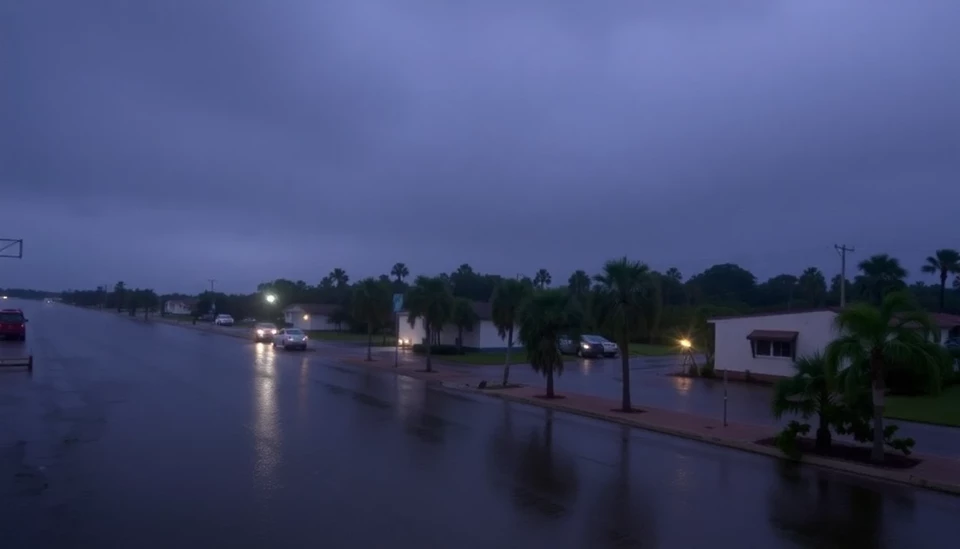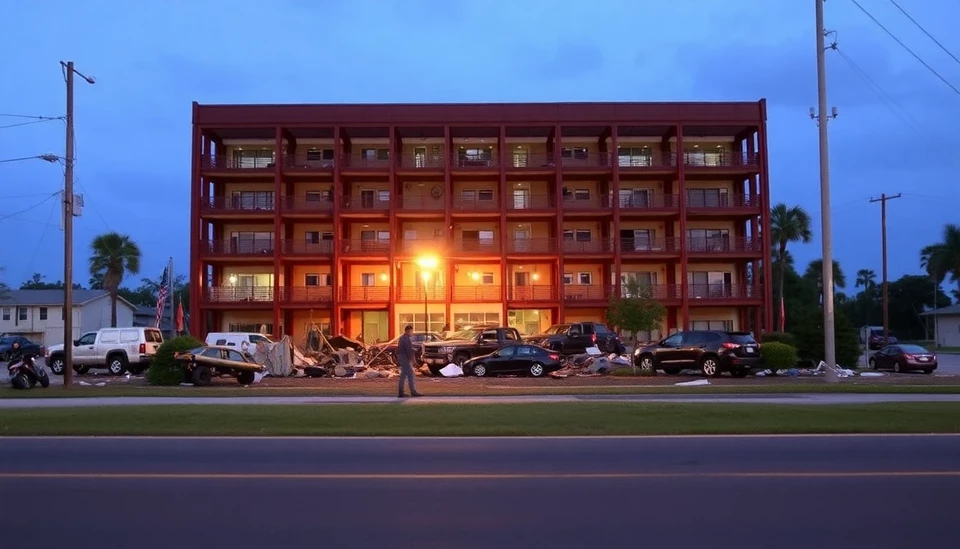
A catastrophic storm front ravaged numerous states across the United States, leading to significant casualties and destruction as it swept through homes, towns, and farmlands. At least 32 individuals have lost their lives due to the violent phenomena unleashed by this massive storm system, with tornadoes, wildfires, and blinding dust storms creating chaos and devastation in their wake.
The storm began its relentless journey through the Midwest before making its way into the southern regions. A potent combination of severe thunderstorms and high winds contributed to the formation of numerous tornadoes, some of which reached EF3 intensity, packing winds of over 150 miles per hour. Reports emerged from various locations detailing severe property damage, as entire neighborhoods were reduced to rubble.
One of the most affected areas was in Arkansas, where entire neighborhoods were left flattened by the twisters. In addition to the tragically high death toll, hundreds of people suffered injuries requiring emergency medical services. Hospitals in the region reported overwhelming numbers of patients due to the catastrophic events.
As if the tornadoes were not enough, the storm system also triggered wildfires in the vicinity, exacerbating the response efforts of local emergency services. The combination of high winds and dry conditions led to rapid fire spread, forcing the evacuation of several towns and communities near the flames. Firefighters worked tirelessly to combat the blazes, although the fierce winds hindered their efforts, raising concerns over air quality and safety.
Simultaneously, the storm gave rise to severe dust storms, limiting visibility and contributing to hazardous driving conditions across multiple states. Reported zero visibility in some regions caused significant traffic accidents, leading to more injuries and chaos on the roadways as desperate drivers attempted to navigate the treacherous conditions.
State officials and emergency services have been working overtime to provide assistance, but the scale of destruction is overwhelming. Shelters have been established for those displaced by the storms, and aid organizations have sprung into action to deliver vital supplies and services to those affected. Volunteer efforts have also surged, with community members joining forces to help clear debris and provide support to those in need.
Government officials have indicated that recovery efforts will take time, and the ramifications of this storm system will be felt long after the initial impact has subsided. Insurance claims are expected to rise dramatically as individuals and businesses begin to assess the damage, making this one of the most impactful storm events in recent U.S. history.
As the nation grapples with the aftermath of this catastrophic event, experts are calling for a renewed focus on disaster preparedness and climate resilience, emphasizing the need for substantial investment in infrastructure and emergency response capabilities in light of such increasingly severe weather patterns.
#StormImpact #Tornadoes #Wildfires #SevereWeather #DisasterRelief #ClimateResilience #EmergencyResponse
Author: Peter Collins




